This document explains the details of MAVID-3M Evaluation Kit (EVK) Setup, Firmware Upgrade procedures, network setup, and APP usage and GPIOs customization in MAVID-3M platform.
Libre Wireless, MAVID-3M is an ultra-low power device targeted for voice/AI, audio streaming and multi-protocol connectivity IoT hub and device applications.
| Icon | Meaning | Description |
|---|---|---|
 |
Note | Provides information good to know |
| Caution | Indicates situation that might result in loss of data or hardware damage |
MAVID-3M system architecture is represented as shown in the below diagram:

Figure 2.1-1: MAVID-3M Block Diagram
MAVID-3M has in-built:
MAVID-3M Software architecture is very flexible for the customer. Button and LED behavior can be easily configured by customer. With the help of Libre’s MAVID-3M SDK, customer can write the IoT application to customize the sensor data, actions to be taken for actuators and communication with cloud. Libre also provides the ENV software to store the device configuration, login details in non-volatile memory. Customer can easily write and read the contents of ENV. MAVID-3M also supports the secure firmware update over the air.
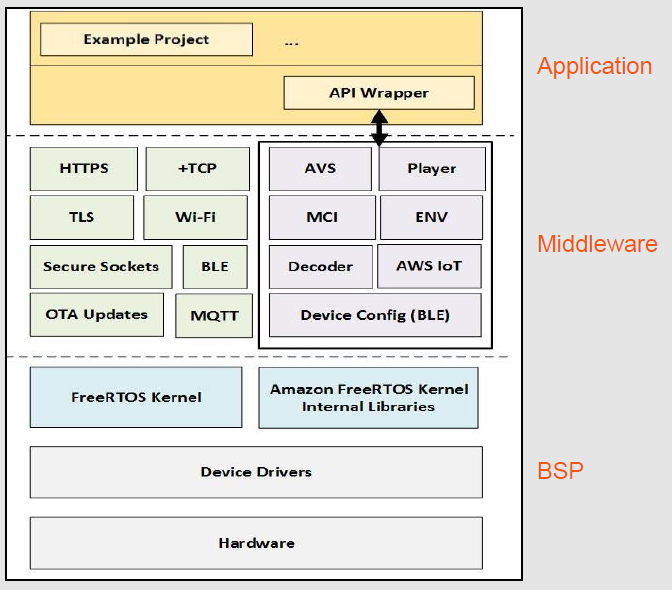
Figure 2.2-2: Block diagram for Libre MAVID-3M SDK
MAVID-3M software also takes care of security at each stage of device operation.
Libre does run command line interpreter (CLI) over UART, it includes the following capabilities:
MAVID-3M comes with an extensive software SDK features for Voice/AI, Audio and Multi-protocol IoT control applications. Custom applications can be developed using the SDK.
EVK is a MAVID-3M device-based reference design, used for customer evaluation purpose:

Figure 3.1-1: MAVID-3M EVK
The MAVID-3M EVK board has the following switches and defined functionality as given below:
| Switch# | Short press Functionality | Long press Functionality | MAVID_3M |
|---|---|---|---|
| SW3 | PTT | SETUP | PORTB_FS |
| SW4 | MUTE | Power OFF/Reboot | PORTB_CLK |
| SW5 | Vol+ | NA | PORTB_DI |
| SW6 | Vol- | NA | PORTB_DO |
| SW7 | Play/Pause | NA | NA |
The MAVID-3M EVK board has the following System LEDs along with AVS LEDs as mentioned below:
| State | LED Indication |
|---|---|
| LED Indication | LED Indication |
| Listening | Cyan |
| Thinking | Cyan and Blue - Alternating |
| Speaking | Cyan and Blue - Pulsing |
| Notification Arrives | Yellow - Burst |
| Notification Queued | Yellow - Slow Pulse |
| Microphon | Red solid |
| Firmware Update | Solid Magenta |
| Booting up | White - blink |
| Wi-Fi Connected & Alexa not Connected | Green blinking |
| Wi-Fi setup mode | Multiple colours |
This section displays the procedures to configure the network in both Android and iOS.
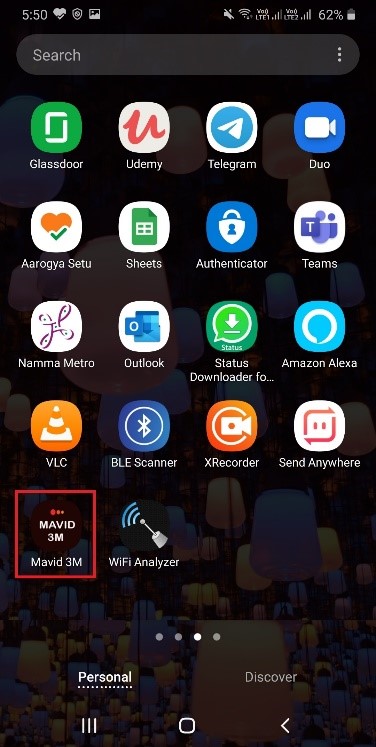
Figure 4.2.1-1: MAVID-3M App
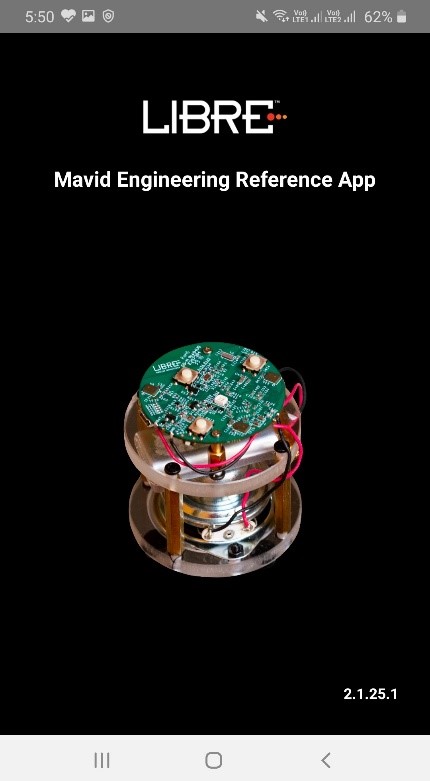
Figure 4.2.1-2: Launch Screen
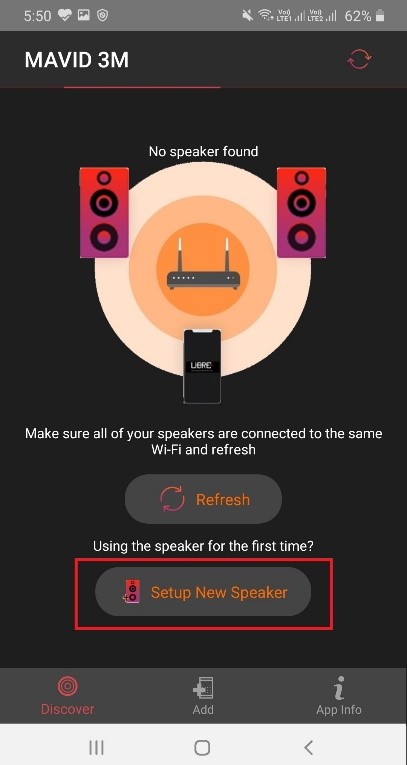
Figure 4.2.1-3: Configuration Screen 1
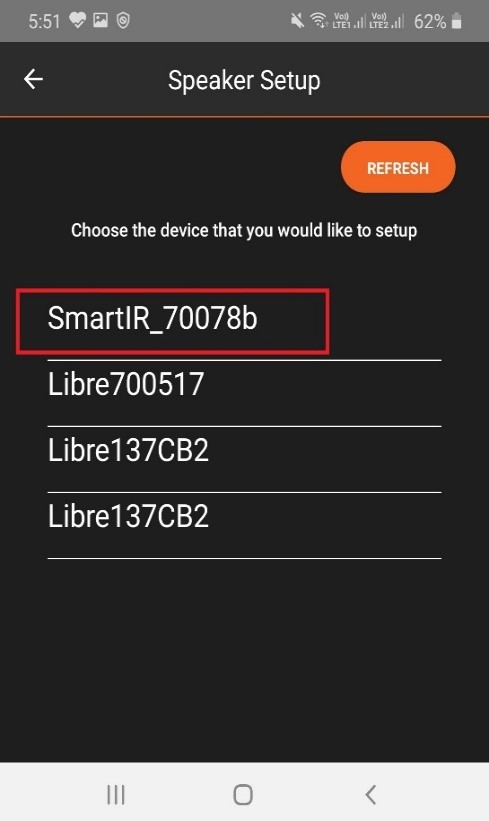
Figure 4.2.1-4: Configuration Screen 2
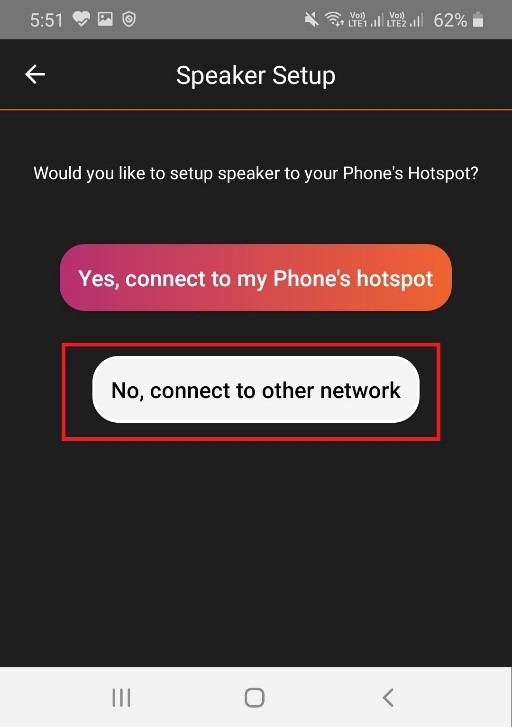
Figure 4.2.1-5: Configuration Screen 3
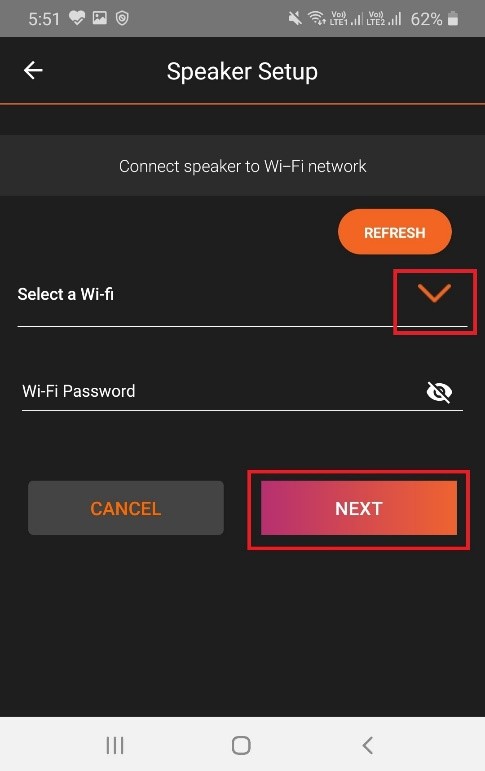
Figure 4.2.1-6: Configuration Screen 4

Figure 4.2.1-7: Amazon Login Screen 1
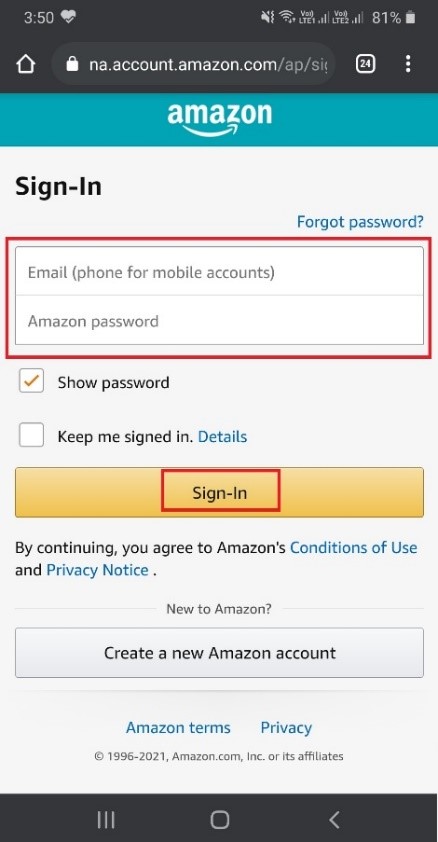
Figure 4.2.1-8: Amazon Login Screen 2

Figure 4.2.1-9: Amazon Login Screen 3

Figure 4.2.1-10: Amazon Screen
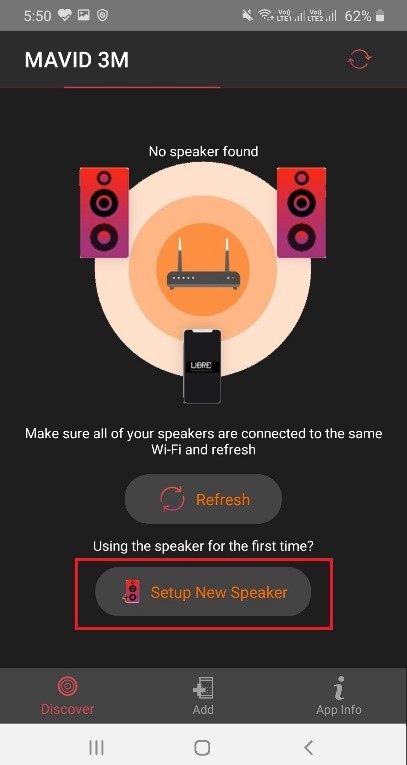
Figure 4.2.2-1: Configuration Screen 1
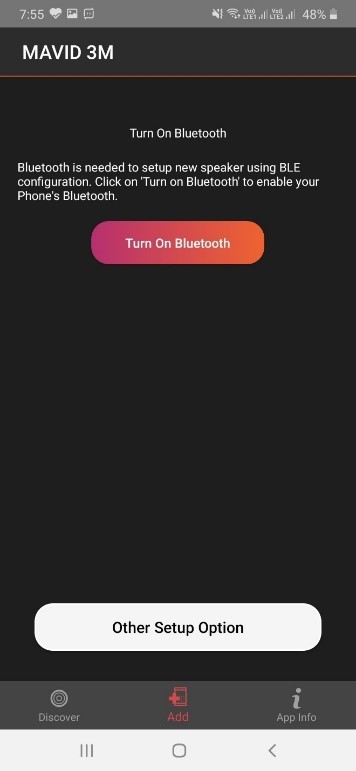
Figure 4.2.2-2: SoftAP Configuration screen 1
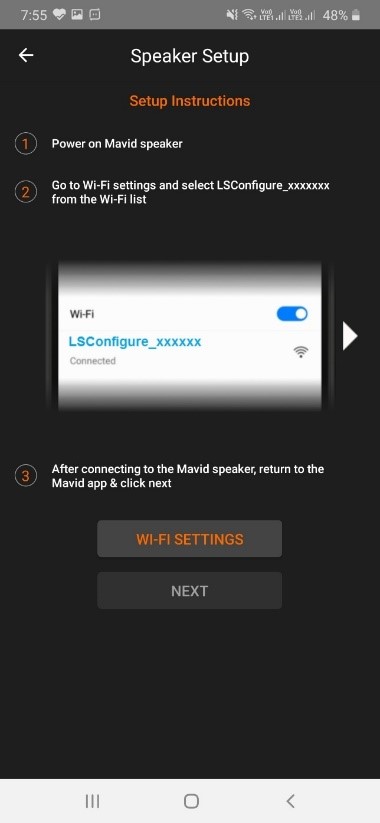
Figure 4.2.2-3: SoftAP Configuration screen 2
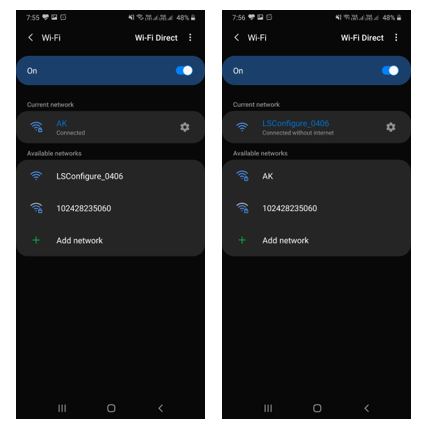
Figure 4.2.2-4: SoftAP Configuration screen 3
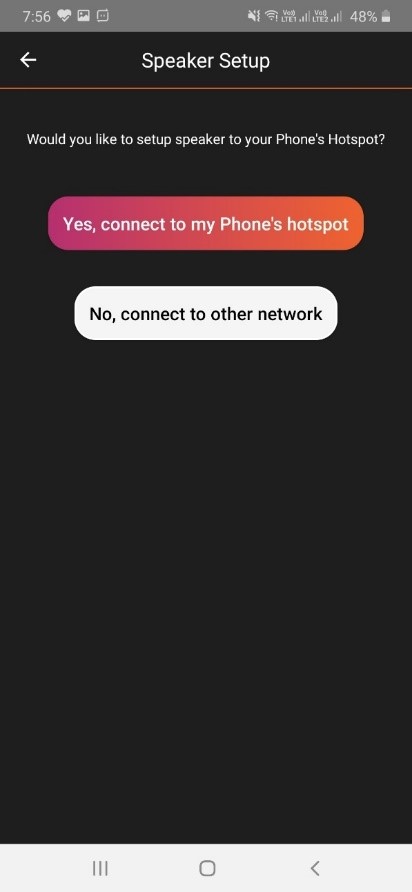
Figure 4.2.2-5: SoftAP Configuration screen 4
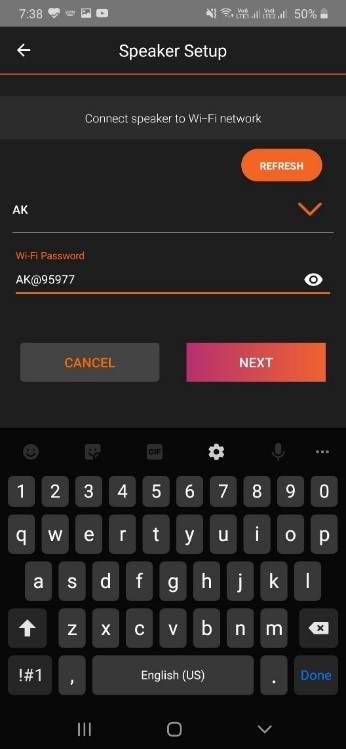
Figure 4.2.2-6: SoftAP Configuration screen 5
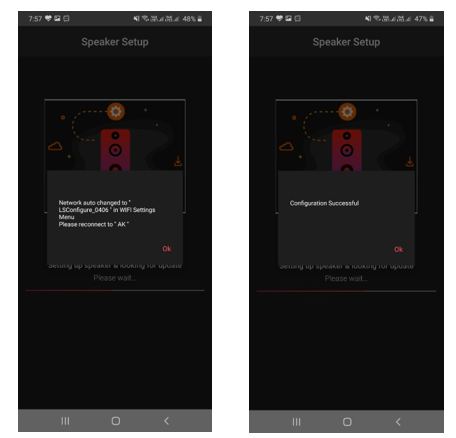
Figure 4.2.2-7: SoftAP Configuration screen 6

Figure 4.2.2-8: Login with Amazon screen
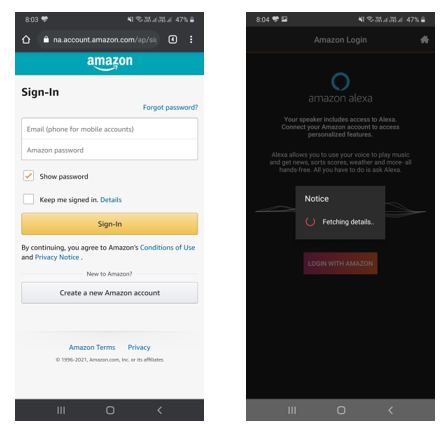
Figure 4.2.2-9: Amazon Credentials screen

Figure 4.2.2-10: Change Language screen
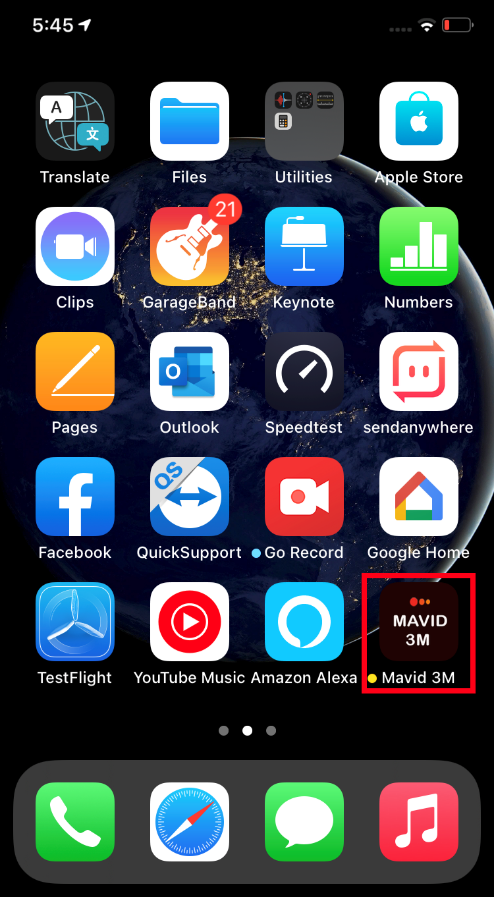
Figure 4.2.3-1: MAVID-3M App

Figure 4.2.3-2: Launch Screen
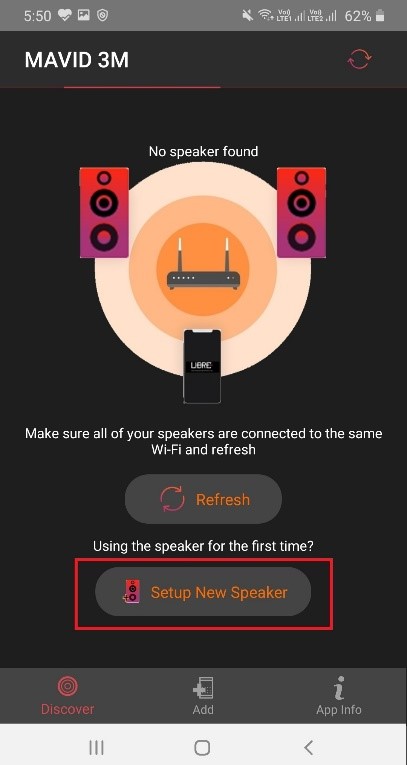
Figure 4.2.3-3: Configuration Screen 1
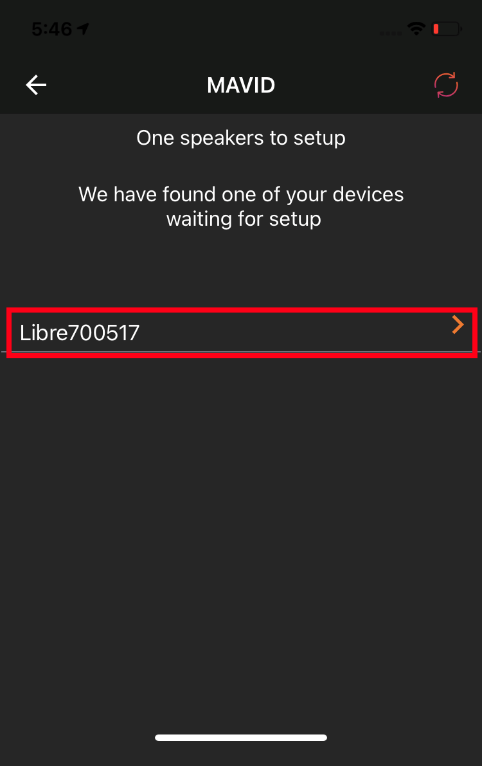
Figure 4.2.3-4: Configuration Screen 2
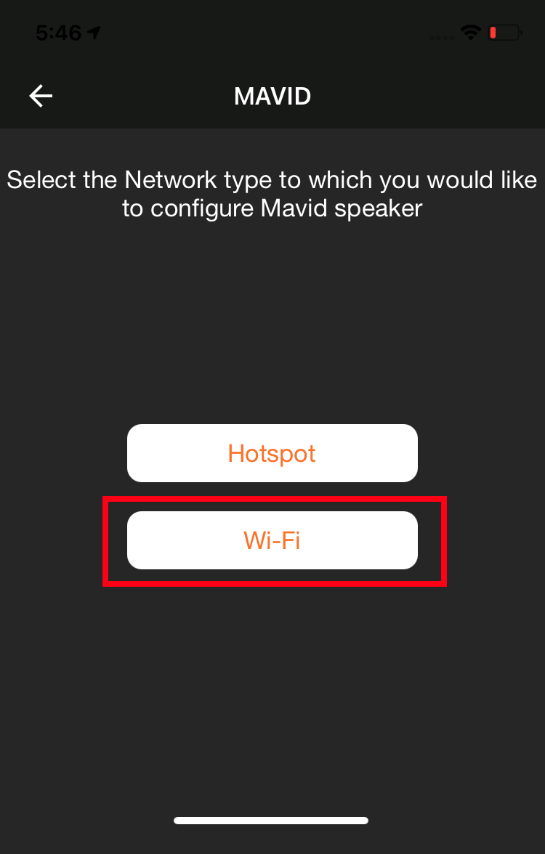
Figure 4.2.3-5: Configuration Screen 3
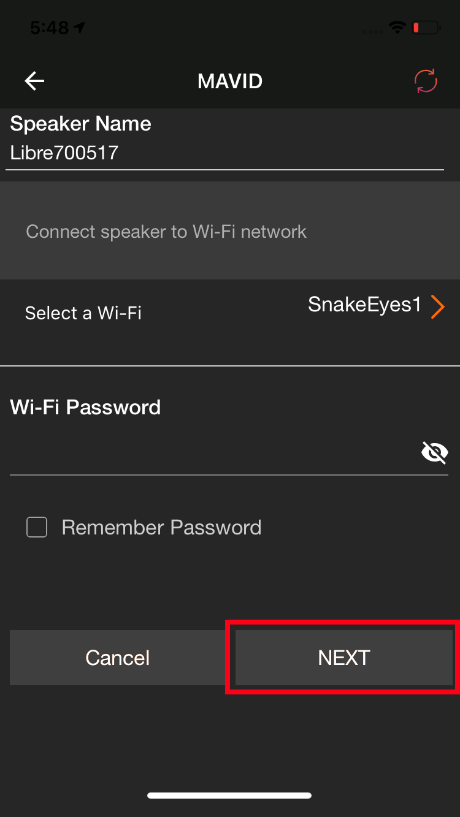
Figure 4.2.3-6: Configuration Screen 4
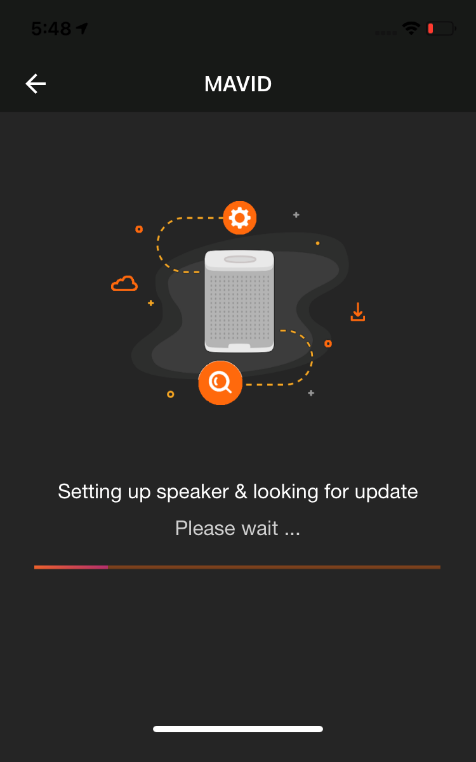
Figure 4.2.3-7: Configuration Screen 5
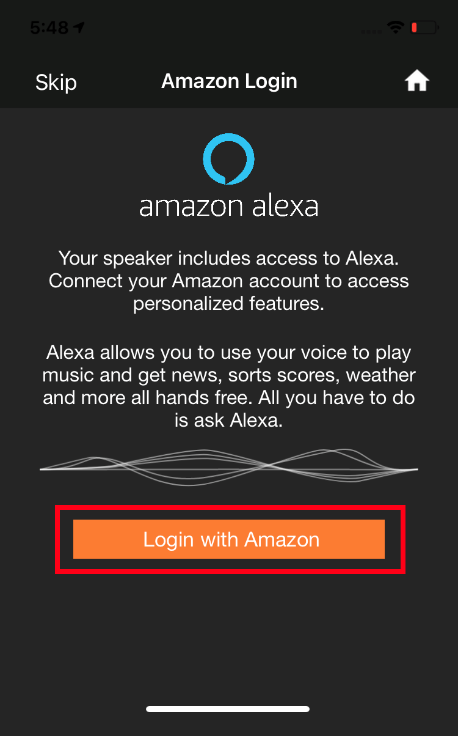
Figure 4.2.3-8: Amazon Login Screen 1
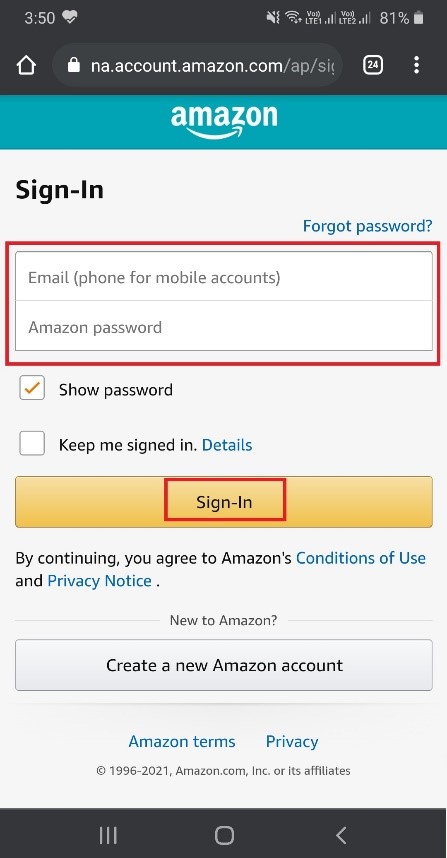
Figure 4.2.3-9: Amazon Login Screen 2
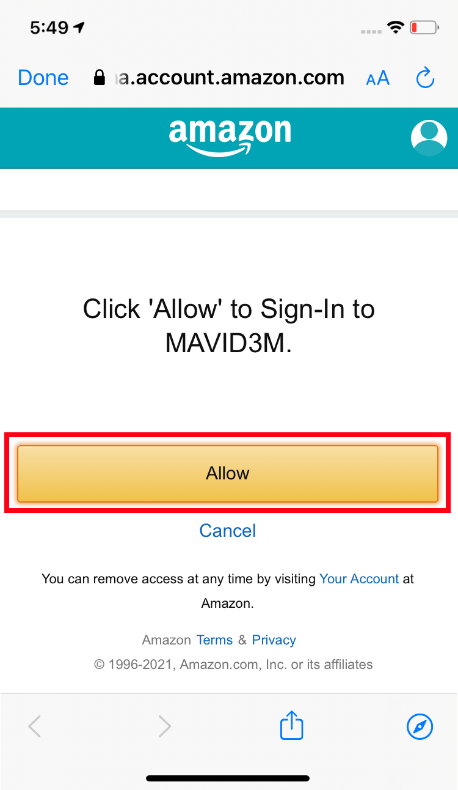
Figure 4.2.3-10: Amazon Login Screen 3
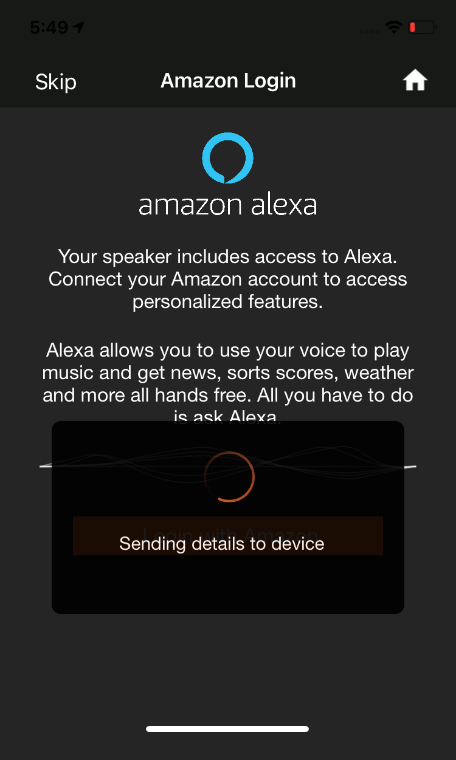
Figure 4.2.3-11: Amazon Login Screen 4
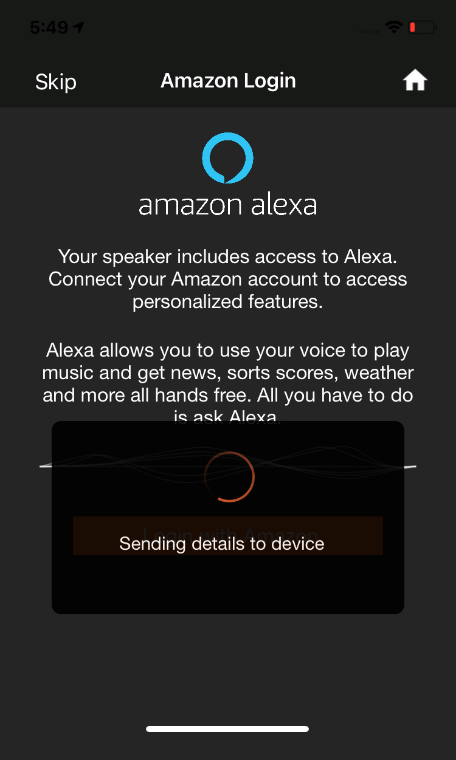
Figure 4.2.3-12: Amazon Screen
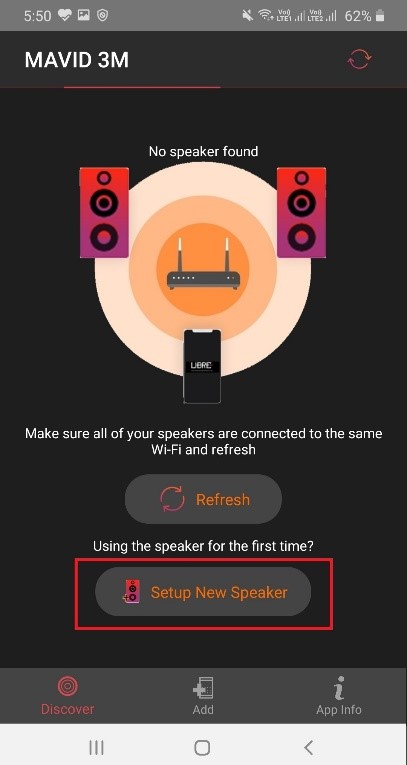
Figure 4.2.4-1: Configuration Screen 1
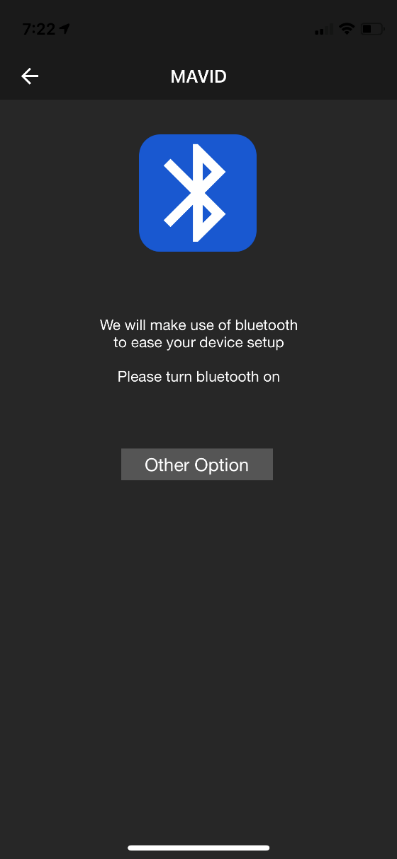
Figure 4.2.4-2: SoftAP Configuration screen 1
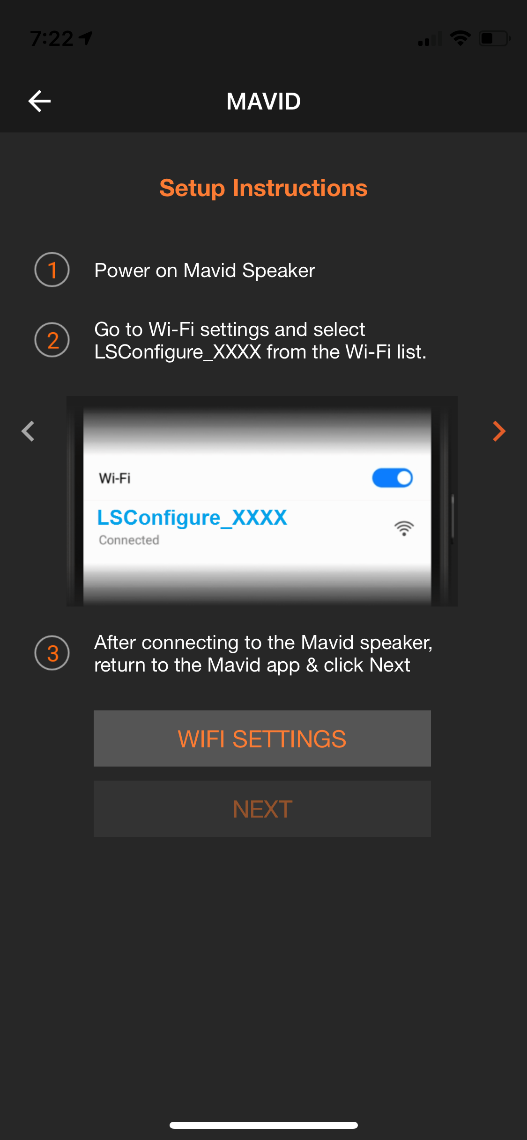
Figure 4.2.4-3: SoftAP Configuration screen 2
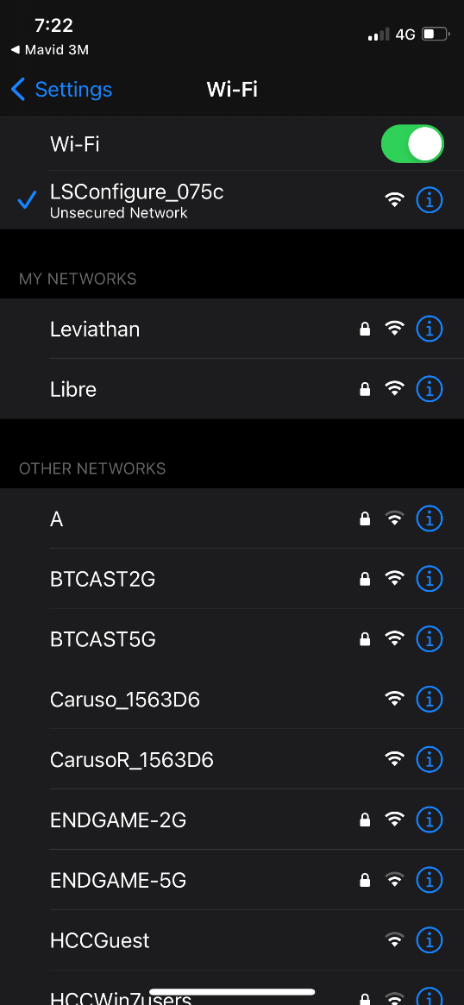
Figure 4.2.4-4: SoftAP Configuration screen 3
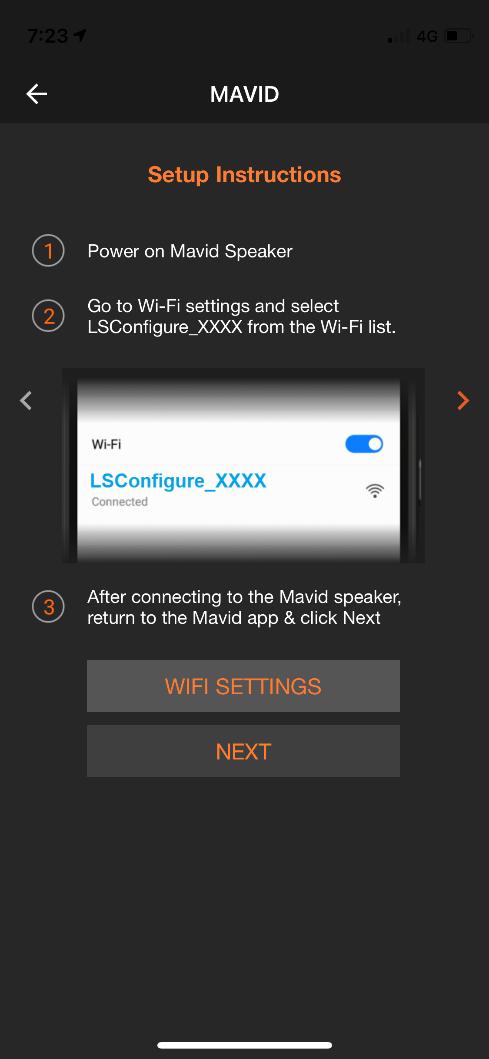
Figure 4.2.4-5: SoftAP Configuration screen 4
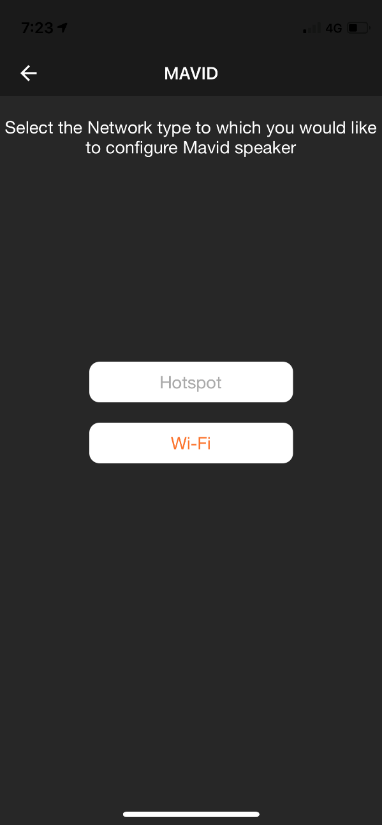
Figure 4.2.4-6: SoftAP Configuration screen 5
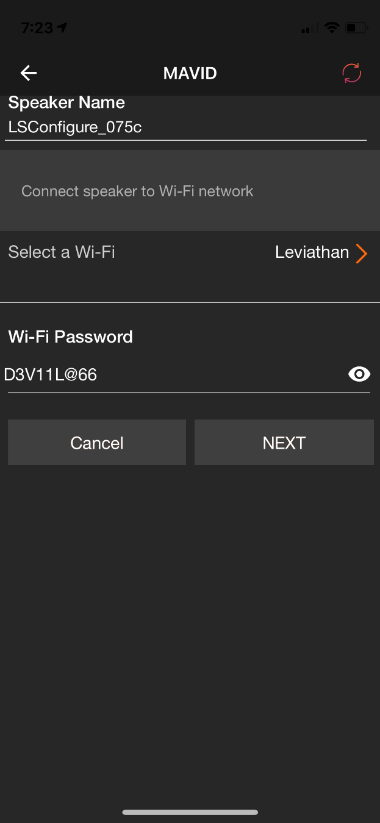
Figure 4.2.4-7: SoftAP Configuration screen 6

Figure 4.2.4-8: SoftAP Configuration screen 7
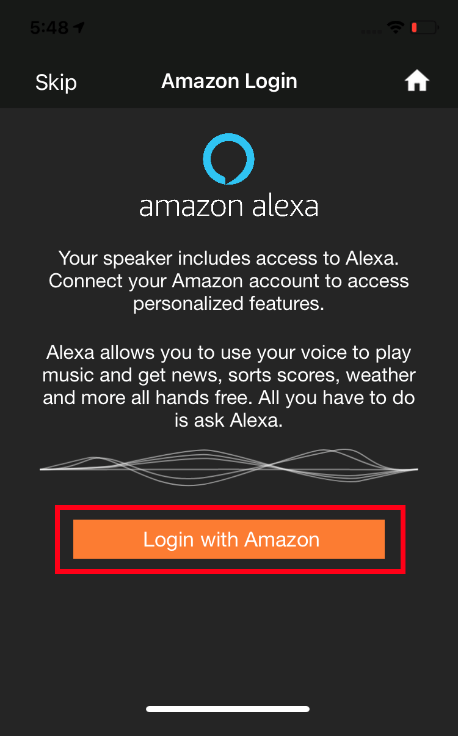
Figure 4.2.4-9: Amazon Login Screen 1
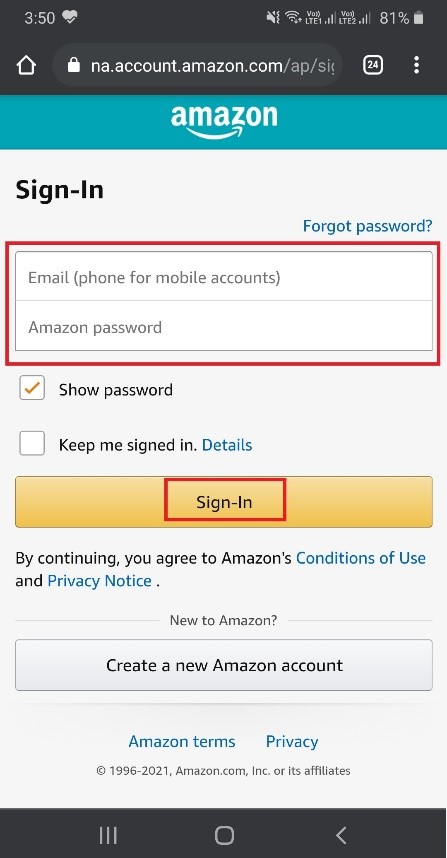
Figure 4.2.4-10: Amazon Login Screen 2
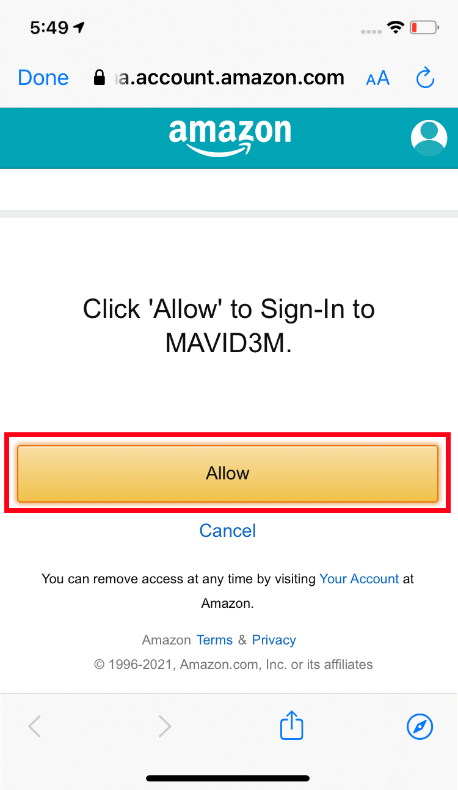
Figure 4.2.4-11: Amazon Login Screen 3

Figure 4.2.4-12: Amazon Login Screen 4

Figure 4.2.4-13: Amazon Screen
To sign out from the Amazon Alexa App, click on Sign out.